FOR ALL AGES
Image © Stephen Van Loy, Unsplash.
Water takes up 70 per cent of our planet, but the percentage of water on earth that we can actually use is quite small.
Only about three per cent of it is drinking water and even then a lot of that is frozen in glaciers and icebergs. It may seem like we have an endless supply of the stuff but we're actually working with about one per cent of all water on the planet, we need to take care of our resources and be mindful of how we use it.
With the effects of global warming being felt more and more every day, it has never been more important for us to change the way we live to help the environment. Even small things will make a difference! Here are some fun facts about water conservation and methods that you can use in your daily life.
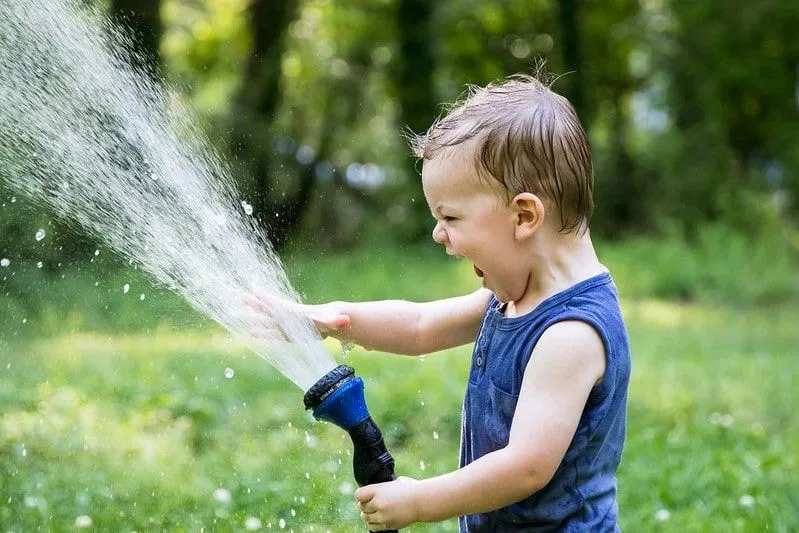
Image © Phil Goodwin, Unsplash
Saving the planet has never been so convenient, there are so many things you can do at home that will help you stop wasting water and even save money! Here are five facts about how to save water every day without even realising.
1.Shorter Showers: An average power shower uses about 17 litres of water per minute. Try and limit your shower time to about ten minutes max by setting a timer on your phone or limiting your bathroom concert set to about three songs.
2.Turn Off The Taps: When the taps are on, an average sink pours out around 1.5 gallons of water per minute. It is so important to make sure you turn off the tap when you are not using them. Whether you're brushing your teeth, washing the dishes or applying a face mask, keep a close eye on the running water to be sure you're not wasteful.
3.Use The Dishwasher: Your kids will thank you for this one! Instead of washing dishes by hand and leaving the taps on blast, save water by stacking up your dishwasher. This can feel contrary but by putting on a full load instead of washing every fork and spoon by hand you can save an average of 24 gallons of water, depending on how green your machine is.
The same goes for washing machines. Instead of putting on an entire wash just for two shirts and a sock, wait until the laundry piles up and you can put on a full load.
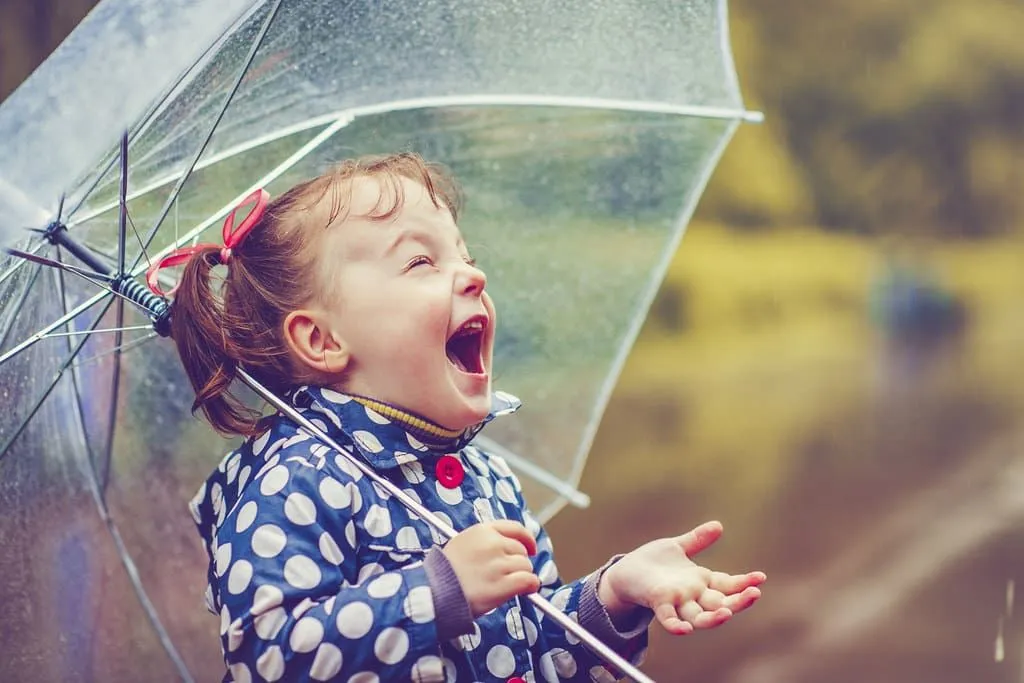
4.Collect Rainwater: We all know how much it rains on this side of the planet, let's use it to our advantage. Installing a barrel to collect the gallons of water that falls from the sky can have a lot of beneficial effects on an average household. Instead of watering the plants from the tap, you can use this wonderful natural resource we all have access to.
5.Say No To The Hose: In hot weather, it is important to keep an eye on our water consumption so we don't put any more pressure on the reservoirs. One thing that really helps is to stop using the hose pipe to water the garden during a scorching summer, even though your grass is looking thirsty it's good to save the water for those who need it.
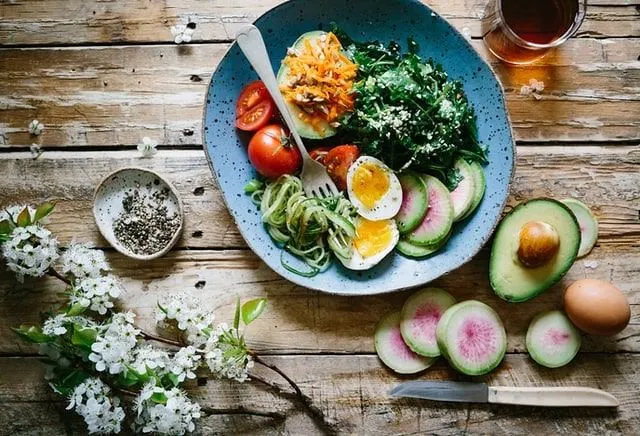
Image © Brooke Lark, Unsplash
Agriculture is the biggest contributor to climate change, responsible for around 70 per cent of global water usage and putting more carbon in the atmosphere than planes, trains, boats and cars combined! Here are a few water-saving facts to do with our dietary consumption and ways you can easily reduce your water footprint.
6.Boot the Beef: The meat industry, in general, creates a lot of problems for the environment, but none more so than beef. It takes 1,799 gallons of water per pound of beef to go from farm to food. Switch the hamburger for some chicken nuggets and you've saved yourself over a thousand gallons of water. That is a huge difference in your water footprint just by changing one simple ingredient.
7.Try Plant-Based: The average water use per person who eats meat is about 4,000 gallons per day, that's just over 15,000 litres. To compare this with the average 300 gallons of water per day that a vegan will consume, it's clear to see that going plant-based has a very positive effect on the environment. Of course, not everyone can make such a drastic change, especially busy parents with picky kids. However, cooking a vegetable-based dinner just a few nights a week is a perfect option to save water without any major difference to your lifestyle.
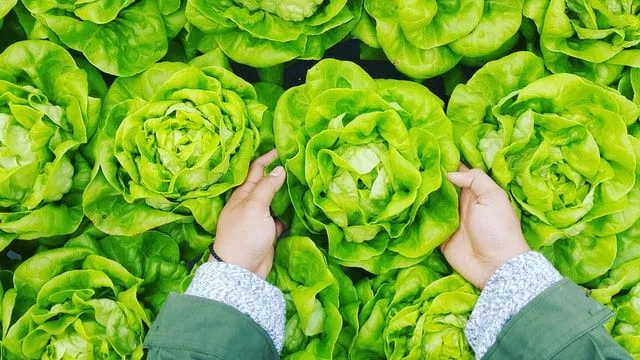
Image © Phuc Long, Unsplash
8.Reduce Food Waste: Around one third of all food bought ends up in the bin, this is a huge waste! When you're shopping make sure you're only buying what you know you will consume instead of getting extra things that you'll forget in the fridge.
9.Shop Locally: A huge factor that many of us don't realise has an effect on our water footprint is the transport of food. Shopping from local farms or checking the labels in supermarkets is a great way to support local businesses and save gallons of water per day on needless transport costs.
10.Milk Magic: Nowadays there are more kinds of milk available than we can count on our hands! This many options for plant-based milk is brilliant but it can be overwhelming when trying to choose which kind of milk you want to try. It takes about 125 litres of water to produce one glass, 200mls, of dairy milk. A glass of almond milk takes 74 litres of water to produce, oat milk takes about 9 litres and soy milk takes 5. All these different milks have their own health benefits but it is clear to see that the switch to any kind of plant milk will reduce your water intake by gallons.
Here are some facts about water waste that apply to the products we use all the time in our daily lives. With a few simple changes and becoming more aware of how much water a day we consume, our lifestyles will become much more eco-friendly.
11.Avoid Fast Fashion: That new dress in the shop window is cute... but does your child really need it? Fast fashion may be cheap but someone else in the world is paying the price. It is one of the leading causes of global warming and creates a huge waste of water per day. A simple cotton t-shirt takes on average 2,700 litres of water to create. Not to mention the commonly used cheap textiles such as polyester and nylon are filled with plastic microbeads that shed every time you wash them.
Instead of going on a shopping spree every weekend, why not invest in a few good pieces of clothing that will last you much longer as well as saving water. Sustainable clothing can seem expensive at first but in the long run, it will save you money and reduce your water footprint by gallons of water. Alternatively, look online and in charity shops for some fashionable, second-hand bargains that cost the planet nothing!
12.Say No To Bottled Water: Invest in a reusable water bottle instead of buying plastic bottles every day. The water you buy goes through a very similar filtration system to the water in our taps so unless you live in an area with filtration problems, there is no real benefit to drinking water from a plastic bottle when you could save money and the environment with a reusable one.

Image © Jonathan Chang, Unsplash
13.Avoid Microbeads: You may have heard this buzzword before, but what are microbeads and why are they so bad? Microbeads are tiny balls of plastic that you can find in most cosmetic and cleaning products like face wash, cleaning detergents and synthetic fibres like polyester. There are on average 100,000 microbeads in a regular bottle of face wash, when you wash suds down the drain the microbeads get washed into the system and create harmful effects on the wildlife it ends up in. Scientists estimate that by the year 2050 there will be more plastic than fish in the ocean, so look closely at the ingredients in the products you want to buy before using them. You will be shocked!
14.Community Cleaning: A fun activity for community building and creating a safer environment would be to organise a cleanup day. Gather some bin bags, gloves and some friends and family for a day out to the local beach or river. Cleaning the community will make it a nicer place for everyone to live, especially the animals who rely on a clean water source to thrive. This will also teach your kids an important lesson about littering and social responsibility.
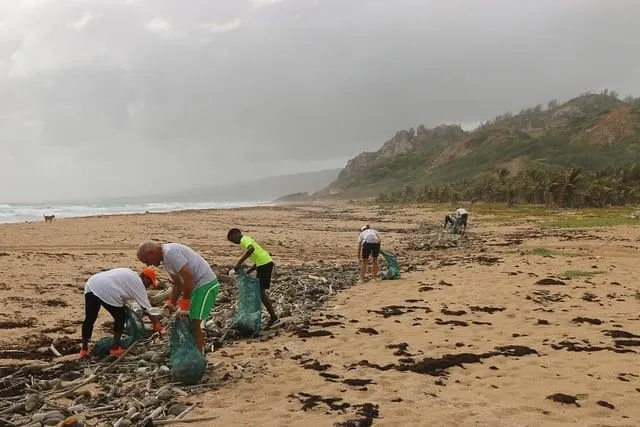
Image © Brian Yurasits, Unsplash
15.Work Out Your Water Footprint: For more facts on water conservation and finding out exactly how much water a day your family consumes, search the internet for a water footprint calculator. Based on scientific water facts it will show you how many gallons you consume per day, per month and per year as well as providing more ways you can save the planet.
Read The Disclaimer
At Kidadl we pride ourselves on offering families original ideas to make the most of time spent together at home or out and about, wherever you are in the world. We strive to recommend the very best things that are suggested by our community and are things we would do ourselves - our aim is to be the trusted friend to parents.
We try our very best, but cannot guarantee perfection. We will always aim to give you accurate information at the date of publication - however, information does change, so it’s important you do your own research, double-check and make the decision that is right for your family.
Kidadl provides inspiration to entertain and educate your children. We recognise that not all activities and ideas are appropriate and suitable for all children and families or in all circumstances. Our recommended activities are based on age but these are a guide. We recommend that these ideas are used as inspiration, that ideas are undertaken with appropriate adult supervision, and that each adult uses their own discretion and knowledge of their children to consider the safety and suitability.
Kidadl cannot accept liability for the execution of these ideas, and parental supervision is advised at all times, as safety is paramount. Anyone using the information provided by Kidadl does so at their own risk and we can not accept liability if things go wrong.
Kidadl is independent and to make our service free to you the reader we are supported by advertising.
We hope you love our recommendations for products and services! What we suggest is selected independently by the Kidadl team. If you purchase using the buy now button we may earn a small commission. This does not influence our choices. Please note: prices are correct and items are available at the time the article was published.
Kidadl has a number of affiliate partners that we work with including Amazon. Please note that Kidadl is a participant in the Amazon Services LLC Associates Program, an affiliate advertising program designed to provide a means for sites to earn advertising fees by advertising and linking to amazon.
We also link to other websites, but are not responsible for their content.
Was this article helpful?


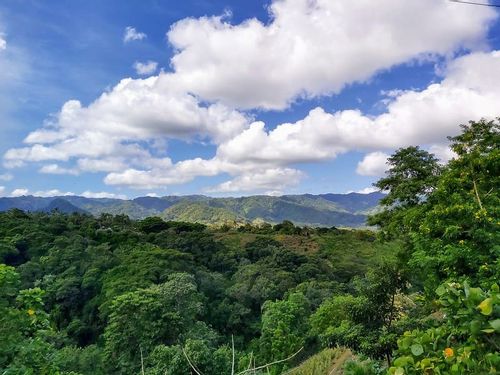
Browse Category



We’ll send you tons of inspiration to help you find a hidden gem in your local area or plan a big day out.



Check your inbox for your latest news from us. You have subscribed to:
Remember that you can always manage your preferences or unsubscribe through the link at the foot of each newsletter.